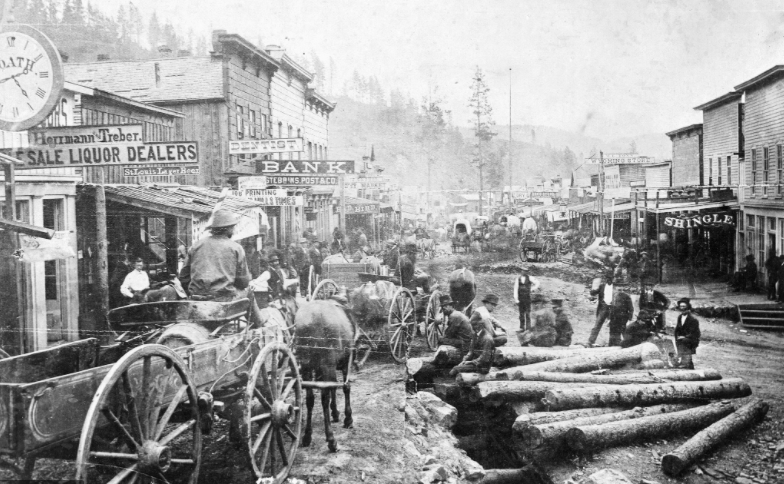Mesabi means giant. That means that I was raised in the land of giants on the Mesabi Iron Range of northern Minnesota. In my youth, I saw those giants as the elected leaders who fought for my homeland in St. Paul and Washington, D.C.
When I was 10 I watched my grandfather, Marvin Johnson, run for the first and only time in my life. Twenty years after his body was crushed in a mining accident, he sprinted into the street to shake then-Gov. Rudy Perpich’s hand at the Keewatin Fourth of July parade. His admiration was greater than the pain.
























